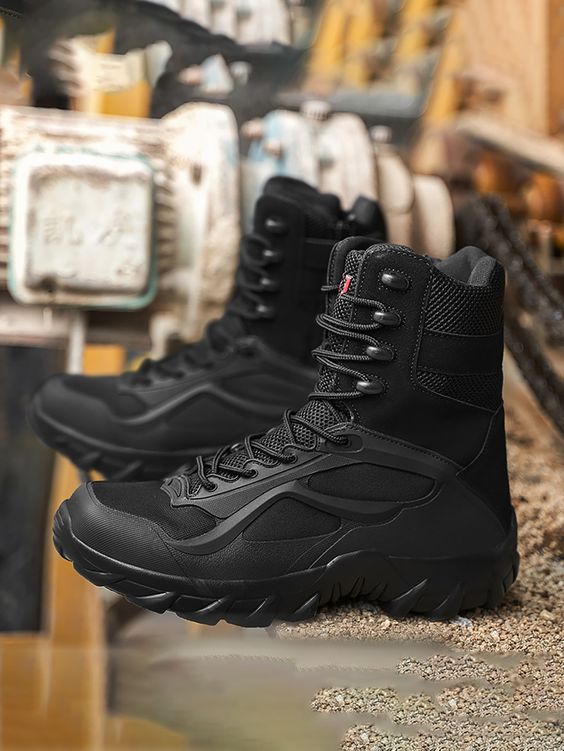Introduction:
Hiking is more than just a walk in the woods; it’s an exhilarating experience that connects us with nature and challenges our physical abilities. Whether you’re a seasoned hiker or a beginner looking to explore the great outdoors, having the right gear is essential, and at the foundation of that gear is a good pair of hiking boots. In this blog post, we’ll delve into the key factors to consider when choosing hiking boots for your adventures.
- Understand Your Terrain:
Before diving into the sea of hiking boots, it’s crucial to understand the type of terrain you’ll be traversing. Are you tackling rocky mountain trails, meandering through forest paths, or perhaps wading across streams? Knowing your terrain helps determine the necessary features your boots should possess. - Boot Types:
Hiking boots come in various types, each tailored to different terrains and activities. There are low-cut hiking shoes for lighter trails, mid-cut boots for more ankle support, and high-cut boots designed for challenging terrains and heavy backpacking. Consider your intended use and choose accordingly. - Material Matters:
Hiking boots are crafted from different materials, each offering unique benefits. Full-grain leather provides excellent durability and water resistance, while synthetic materials are often lighter and dry faster. Mesh panels enhance breathability, making them ideal for warmer climates. Choose a material that aligns with your preferences and the conditions you’ll be facing. - Waterproofing:
Wet feet can quickly turn an enjoyable hike into a miserable experience. If you anticipate crossing streams or encountering rain, opt for boots with waterproofing features. Gore-Tex is a popular waterproof membrane that keeps water out while allowing sweat to escape, keeping your feet dry and comfortable. - Fit is Fundamental:
Ill-fitting boots can lead to discomfort and blisters, so prioritize finding the right fit. Visit a specialty outdoor retailer, get your foot measured, and try on different brands and models. Ensure there’s enough room for your toes to wiggle, and your heel stays in place to prevent unnecessary friction. - Traction and Outsoles:
The outsole of your hiking boots plays a crucial role in providing traction on various surfaces. Look for boots with a well-designed lug pattern and a durable rubber outsole. Vibram soles, for instance, are renowned for their excellent grip and durability. - Break Them In:
Once you’ve found the perfect pair, don’t forget to break them in before embarking on a long hike. Wear them around the house, on shorter walks, and gradually increase the duration to allow the boots to conform to your foot’s shape.
Conclusion:
Investing time in selecting the right hiking boots is an investment in your comfort and safety on the trails. By considering your terrain, the type of boot, materials, waterproofing, fit, and traction, you’ll be well-equipped for whatever nature throws your way. So, lace up those boots, hit the trails, and embrace the adventure that awaits!

